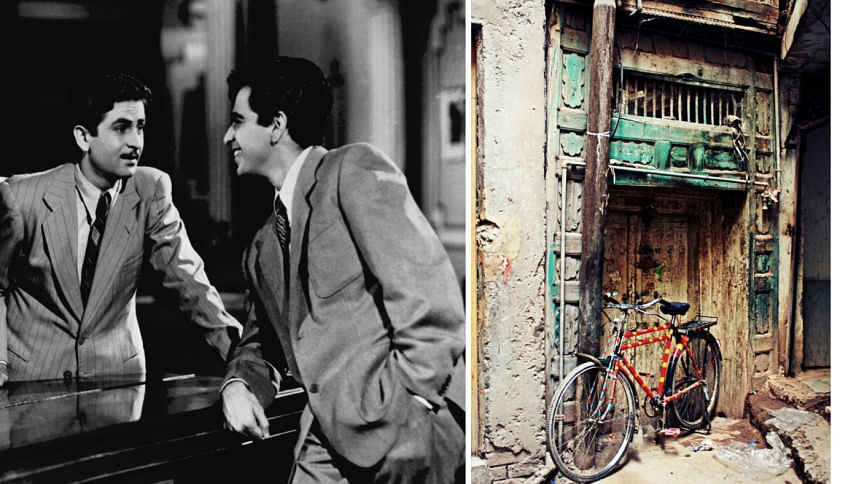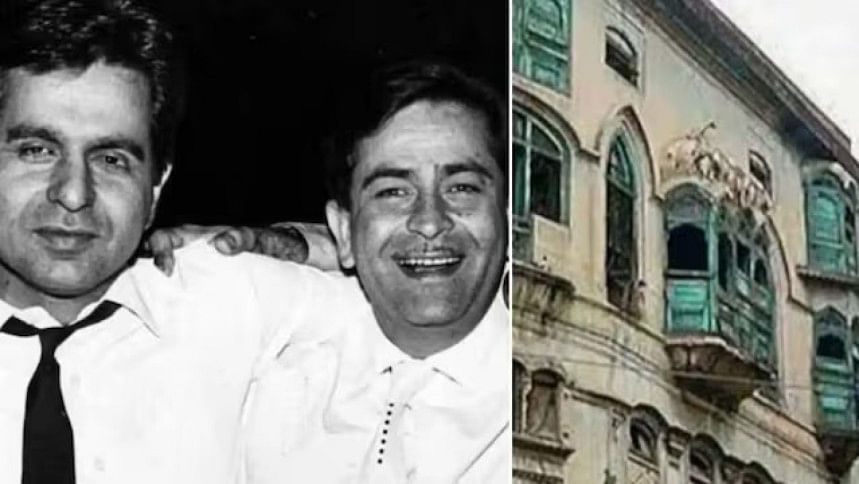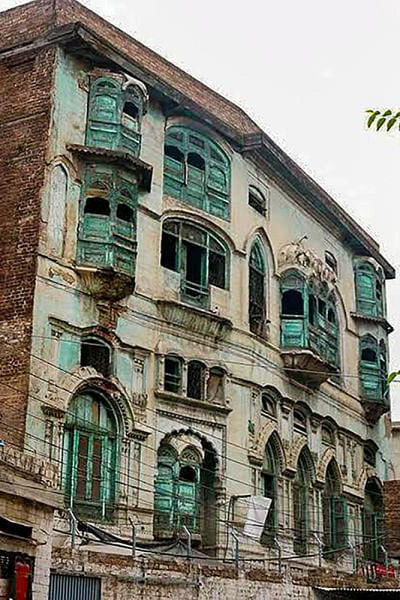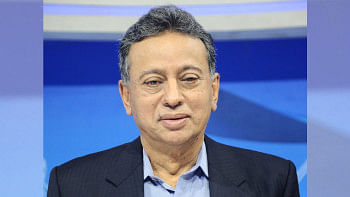Dilip Kumar and Raj Kapoor’s ancestral homes in Pakistan to be preserved as museums

The ancestral homes of Hindi cinema legends Dilip Kumar and Raj Kapoor in Pakistan's Peshawar are being restored to become heritage museums, officials confirmed yesterday. The two-year project—aimed at preserving the cultural legacy of the actors—has officially begun, with a projected cost of $247049.46 (Rs 70 million).
The initiative is spearheaded by the Directorate of Archaeology and Museums under the Khyber Pakhtunkhwa government, which has released the necessary funds for structural and aesthetic restoration of both properties.

The homes, located in the historic Qissa Khwani Bazaar, will be reconstructed to reflect their original architecture and converted into museums chronicling the lives and legacies of the iconic actors.
"These sites were declared national heritage monuments on July 13, 2014," said Dr Abdus Samad, director of Archaeology. "Now, with this project, we are working to preserve the cultural memory and cinematic contributions of these two stalwarts."

Dilip Kumar and Raj Kapoor, whose families migrated to India after Partition, are widely regarded as pioneers of Indian cinema's golden era. Their ancestral homes, built in the early 20th century, represent an important link between shared cultural histories of the subcontinent. Featuring colonial-era design elements, the buildings stand as reminders of the actors' humble beginnings in Peshawar.

Tourism officials believe the initiative will serve a larger purpose beyond preservation. "With support from the World Bank, this project is part of a broader push to promote heritage tourism across the province," said Zahid Khan Shinwari, adviser for Tourism to the provincial government. "It will not only attract visitors from around the world but also create employment opportunities for the local community."
The transformation of these historic residences into museums is expected to position Khyber Pakhtunkhwa as a key destination for cultural tourism, while honouring two of South Asia's most celebrated cinematic figures.

 For all latest news, follow The Daily Star's Google News channel.
For all latest news, follow The Daily Star's Google News channel. 



Comments